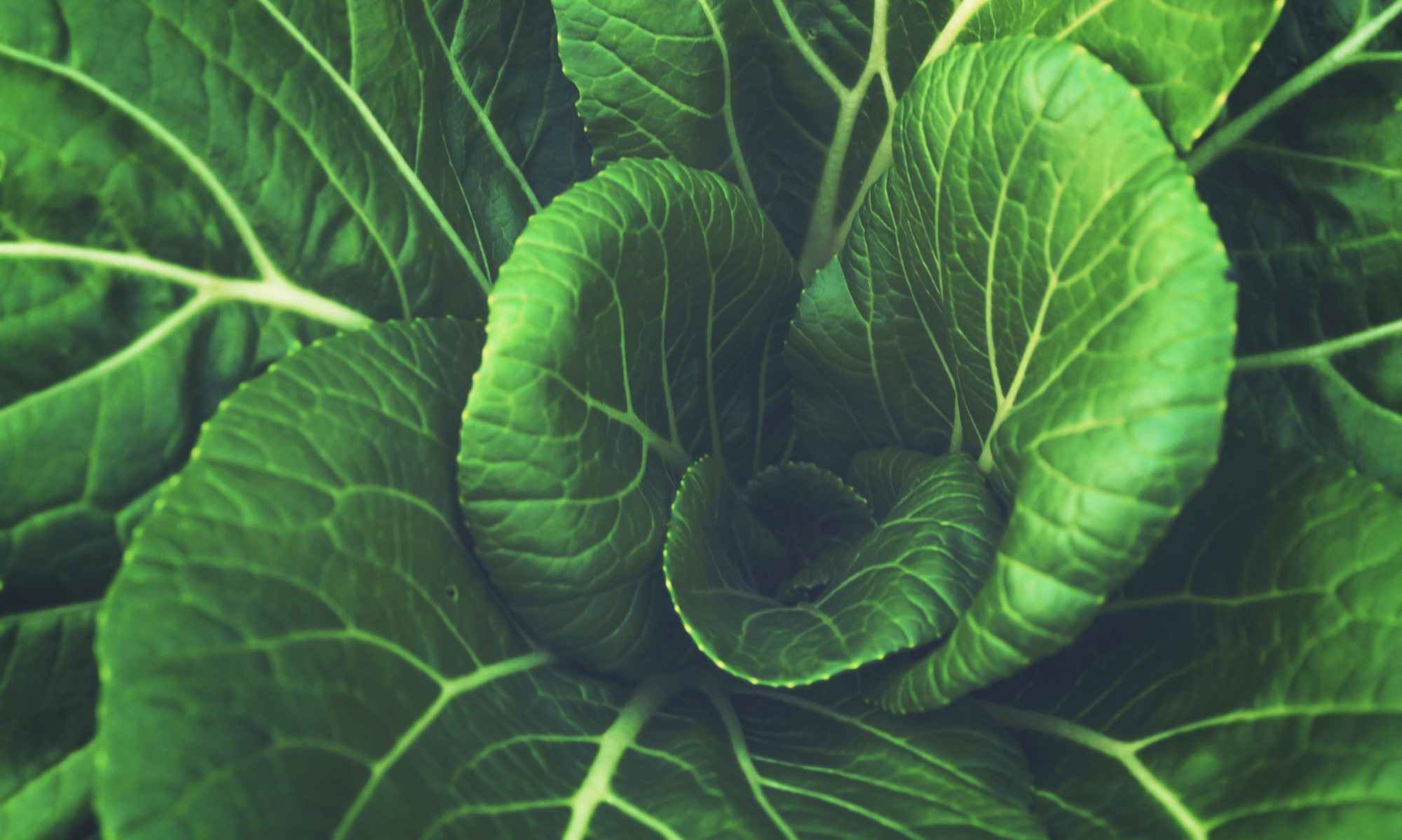The Fats
Fats are one of the most important macromolecules for life. Every cell on Earth requires fats to create membranes to protect itself and generate complex internal structures. Let’s take a step back and define what exactly fats are.
Fats are composed of fatty acids. These fatty acids are simply long, linear chains of carbon surrounded by hydrogen. Fatty acids can come in many lengths since there is no limit to how many carbons can create a chain. In all organisms, these fatty acids are organized by attaching them to a molecule of glycerol, a modified sugar. This glycerol can attach three fatty acid chains to itself.
In cell membranes, two acids are attached and the last slot is occupied by a phosphate and a choline. This allows cell membranes to have two layers, with fatty acids pointing inwards and the polar (water loving) compounds facing the external environment. These fats are called phospholipids. In the blood, fatty acids travel in triglyceride form with three fatty acids connected to a glycerol.
Types of Fats
For such a simple type of molecule, fats are quite diverse.What makes fats unique is their energy density. Each gram of fat contains 9 calories on average. This is almost double that of carbohydrates and proteins! In addition, the way each fatty acid is metabolized depends on its original form. The two main types of fat are known as saturated fat and unsaturated fats.
Saturated Fats
Saturated fats are often on the news. But what actually are they? The answer is simple: a fatty acid is saturated when all of the carbons are saturated with hydrogens. This means that there are no carbon-carbon double bonds. As a result, the geometry of the molecule is very straight and compact. This is why saturated fats are solid at room temperature.
Trans Fats
Chemical engineering of food has become commonplace in recent years. In order to improve shelf life, many companies heat unsaturated fats and alter hydrogens on their carbon tails. Unfortunately, instead of generating fully hydrogenated carbons, a hydrogen is flipped to opposite sides of the chain. This means that the unsaturated fat no longer “kinks” and becomes solid at room temperature. This small change is devastating for our metabolism; since our bodies never evolved ways to digest trans fats, they confuse the liver and are excreted into the blood while altering your cholesterol profile. This leads to many long term conditions such as heart disease.
Unsaturated Fats
Opposite to saturated fats, unsaturated fats lack a full chain of hydrogens. Unlike trans fats however, unsaturated fats have two hydrogens missing on the same side of the carbon chain, creating a “kink” in the chain. This makes unsaturated fatty acids less compact and makes them appear as liquid at room temperature.
Omega 3 and Omega 6 Fats
Omega 3 fats are often found in fish. These fats are special because they have a double bond between the carbon that is 3rd to last and 4th to last. Similarly, plant omega 6 fats have double bonds between the 7th and 6th carbons from the end of the tail. These configurations of double bonds cannot be made by the body and have beneficial effects on circulatory health when consumed.



Wowee